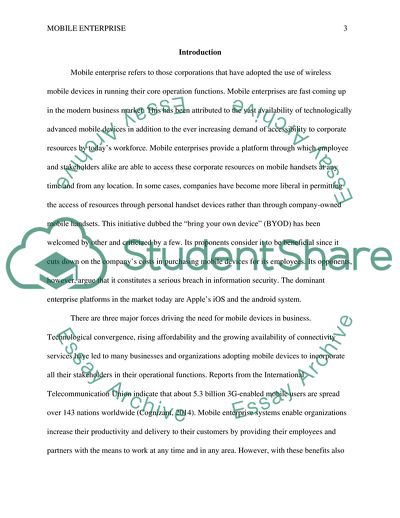Cite this document
(Mobile Enterprise Research Paper Example | Topics and Well Written Essays - 2500 words, n.d.)
Mobile Enterprise Research Paper Example | Topics and Well Written Essays - 2500 words. https://studentshare.org/information-technology/1823920-mobile-enterprise
Mobile Enterprise Research Paper Example | Topics and Well Written Essays - 2500 words. https://studentshare.org/information-technology/1823920-mobile-enterprise
(Mobile Enterprise Research Paper Example | Topics and Well Written Essays - 2500 Words)
Mobile Enterprise Research Paper Example | Topics and Well Written Essays - 2500 Words. https://studentshare.org/information-technology/1823920-mobile-enterprise.
Mobile Enterprise Research Paper Example | Topics and Well Written Essays - 2500 Words. https://studentshare.org/information-technology/1823920-mobile-enterprise.
“Mobile Enterprise Research Paper Example | Topics and Well Written Essays - 2500 Words”. https://studentshare.org/information-technology/1823920-mobile-enterprise.


